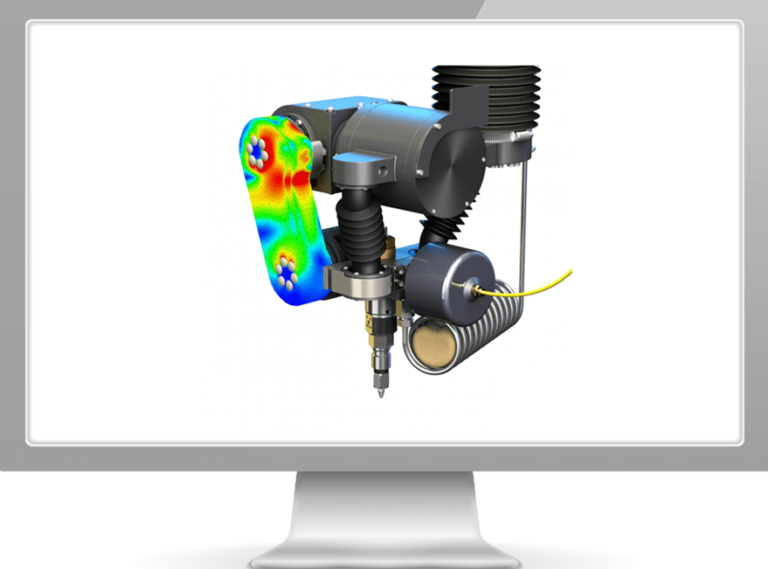

The loading ratio for this scenario is 0. Another way of stating this would be to call it an on/off load. This event is based on a single reference study.Ī Zero-Based load would be one where a load is varied between zero and the value of the load (e.g., from 0 to 1000 lb). The loading ratio is defined as the minimum load divided by the maximum load. The loading ratio for a fully reversed load is -1. Essentially, the software changes the value of the load from positive to negative for a single cycle and the analysis is run for a set number of cycles).

Input the number of cycles for the event (e.g., 1,000,000 cycles).The Random vibration – fatigue of random vibration option creates a fatigue study that is based on stress results as a function of frequency from a Linear Dynamic - Random vibration study. The Harmonic-fatigue of sinusoidal loading option creates a fatigue study that is based on stress results as a function of frequency from a Linear Dynamic - Harmonic study. Variable amplitudeĪ variable amplitude event is a load history record that defines the fluctuation history of a load. The software calculates the worst alternating stress levels for each event. A fatigue event can refer to one or more static studies (linear and nonlinear), or to a particular solution step from nonlinear or modal time history dynamic studies. Constant amplitudeĪ constant amplitude event is fully defined by an alternating stress, mean stress and the number of cycles. Random vibration - fatigue of random vibrationĪll cycles of a constant amplitude event have the same alternating and mean stresses.Constant amplitude events with defined cycles.However, when defining a fatigue study, there are four options in the new study dialogue window from which to choose. In general, there are two types of loading histories available when defining a fatigue study: constant amplitude loading and variable amplitude loading. Determine load type during study creation In this blog, we’re going to break down each of those steps.

Determine the load type during study creation.Setting up a fatigue analysis in SOLIDWORKS Simulation will allow us to determine whether a product will be able to withstand usage requirements over a period of time and not just if the product will hold up a single specified load environment.Ī successful fatigue analysis can be performed in seven steps: Fatigue is a phenomenon that is observed when repeated loading and unloading weakens an object over time, even when the induced stresses are considerably less than the allowable stress limits.


 0 kommentar(er)
0 kommentar(er)
